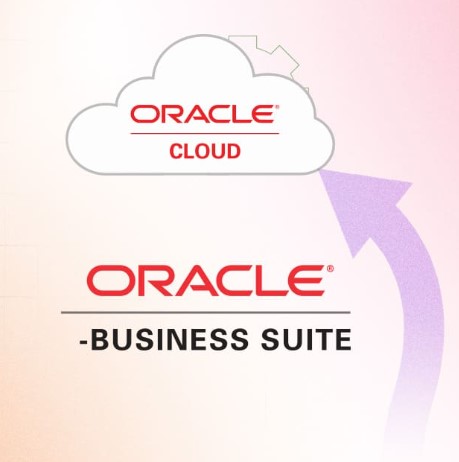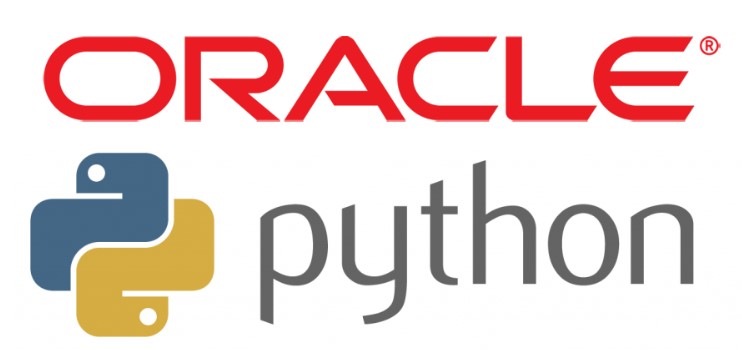Reading Time: ~10–12 minutes
Invoice receiving is one of the most repetitive, time-consuming, and error-prone tasks in enterprise resource planning (ERP) systems. However, the integration of Artificial Intelligence (AI) has opened the door to automation, precision, and speed like never before.
In this article, we’ll explore how AI is transforming invoice processing across Oracle EBS/Cloud, SAP S/4HANA, and IFS ERP. We’ll walk through a practical, step-by-step approach, mention real AI tools and libraries, and share how Python plays a central role in many of these innovations.
The Problem: Challenges in Traditional Invoice Receiving
Manual invoice processing presents numerous bottlenecks and risks:
- Data entry errors: Mistyped invoice numbers, incorrect amounts, and vendor mismatches.
- Delayed approvals: Paper/email-based workflows slow down processing time.
- Compliance gaps: Missed VAT or tax misclassifications can result in penalties.
- Duplicate or fraudulent invoices: Without automation, fraud detection is limited.
- Lack of real-time visibility: Finance lacks instant insights for cash flow planning.
ERP systems like Oracle, SAP, and IFS offer core AP functionality—but they’re often limited in cognitive automation. That’s where AI steps in.
How AI Can Transform Invoice Receiving in ERP
Below is a practical breakdown of how to modernize invoice receiving using AI technologies in the three major ERP platforms.
Step 1: Invoice Capture and Digitization with OCR and NLP
Problem Solved: Manual data entry from PDFs or scans
AI Technologies Used:
- Python Libraries: Tesseract OCR, PyMuPDF, SpaCy
- Cloud Services: AWS Textract, Google Cloud Vision, Azure Form Recognizer
- Tool Examples: UiPath Document Understanding, ABBYY FlexiCapture
How It Works: Invoices are scanned or uploaded in bulk. AI-driven OCR tools extract key data fields (Invoice #, PO #, vendor name, amount, tax ID, etc.) with high accuracy. NLP enhances extraction by interpreting contextual clues (e.g., understanding “Net 30” as a payment term).
ERP Integration:
- Oracle: Invoices automatically populated into Payables Interface tables.
- SAP: Uses Intelligent Invoice Management (IIM) via SAP BTP.
- IFS: Through REST APIs, IFS Apps 10/Cloud can ingest structured data.
Step 2: Vendor and PO Matching via AI-Powered Rules Engines
Problem Solved: Mismatches between invoice and PO details
AI Technologies Used:
- Machine Learning Algorithms: Classification, anomaly detection
- Libraries: Scikit-learn, TensorFlow, Keras
- Tool Examples: SAP AI Core, Oracle Machine Learning (OML), DataRobot
How It Works: ML models are trained to detect mismatches and pattern irregularities, flagging non-compliant invoices for review. This reduces false positives and accelerates the three-way matching process (PO, GRN, Invoice).
Step 3: Automating Approval Workflows with Intelligent Bots
Problem Solved: Delays in invoice approval routing
AI Technologies Used:
- RPA (Robotic Process Automation): UiPath, Automation Anywhere, Power Automate
- ML Decision Models: For routing based on invoice type, vendor priority, amount
- Chatbots: Integrated with MS Teams, Slack, or internal portals
How It Works: AI models predict the appropriate approver and escalate only when necessary. RPA bots manage the routing, reminding approvers, and logging activity in the ERP system.
Step 4: Fraud Detection and Anomaly Alerts
Problem Solved: Duplicate, altered, or fake invoices
AI Technologies Used:
- Outlier Detection Models: Isolation Forest, DBSCAN
- Libraries: PyOD, Prophet, AnomalyDetection (R)
- Tool Examples: Oracle Adaptive Intelligent Apps, SAP Fraud Management
How It Works: AI learns from historical data to flag suspicious invoices—e.g., sudden vendor activity spikes or duplicate invoice numbers with slight alterations.
Step 5: Real-Time Dashboarding and Insights
Problem Solved: Lack of visibility over AP metrics
AI Technologies Used:
- BI Tools with AI Add-ons: Power BI + Python Scripts, Tableau + Einstein Analytics
- Forecasting Models: ARIMA, LSTM for cash flow planning
How It Works: Dashboards show real-time metrics (invoices pending, SLA breaches, fraud alerts) and forecast AP cash outflows using predictive AI.
Case Studies by ERP Platform
Oracle (EBS and Fusion Cloud)
- Case: A global manufacturing firm automated 90% of its invoices using Oracle Intelligent Document Recognition (IDR) and Oracle Integration Cloud (OIC) with Python scripts.
- Result: Cut processing time by 65%, reduced errors by 80%.
SAP (ECC and S/4HANA)
- Case: A European retail company used SAP Business Technology Platform (BTP) + SAP AI Core to integrate OCR + ML for AP.
- Result: Achieved 98% accuracy on invoice capture and a 5-day faster closing cycle.
IFS (Apps 10 and Cloud)
- Case: An energy company leveraged Python OCR + IFS REST APIs to automate vendor invoice ingestion from PDFs.
- Result: Increased invoice processing throughput by 70% and reduced AP headcount dependency.
Tools and Platforms Recommended
| Category | Tools / Tech Stack |
|---|---|
| OCR/NLP | Tesseract, Azure Form Recognizer, Google Vision, AWS Textract |
| Programming | Python (main), R (for anomaly detection), Java (for APIs) |
| Machine Learning | Scikit-learn, TensorFlow, Oracle ML, SAP AI Core |
| Automation | UiPath, Power Automate, Automation Anywhere |
| ERP APIs | Oracle REST APIs, SAP BAPI, IFS Connect, OData |
| Visualization | Power BI, Tableau, Grafana |
Ready to Automate Your AP Process?
If your organization is still manually processing invoices, now is the time to embrace AI. Whether you’re on Oracle, SAP, or IFS—there are cost-effective, proven solutions that can cut down invoice cycle times, reduce human error, and improve your bottom line.
👉 Visit futureoferp.com for more articles like this.



